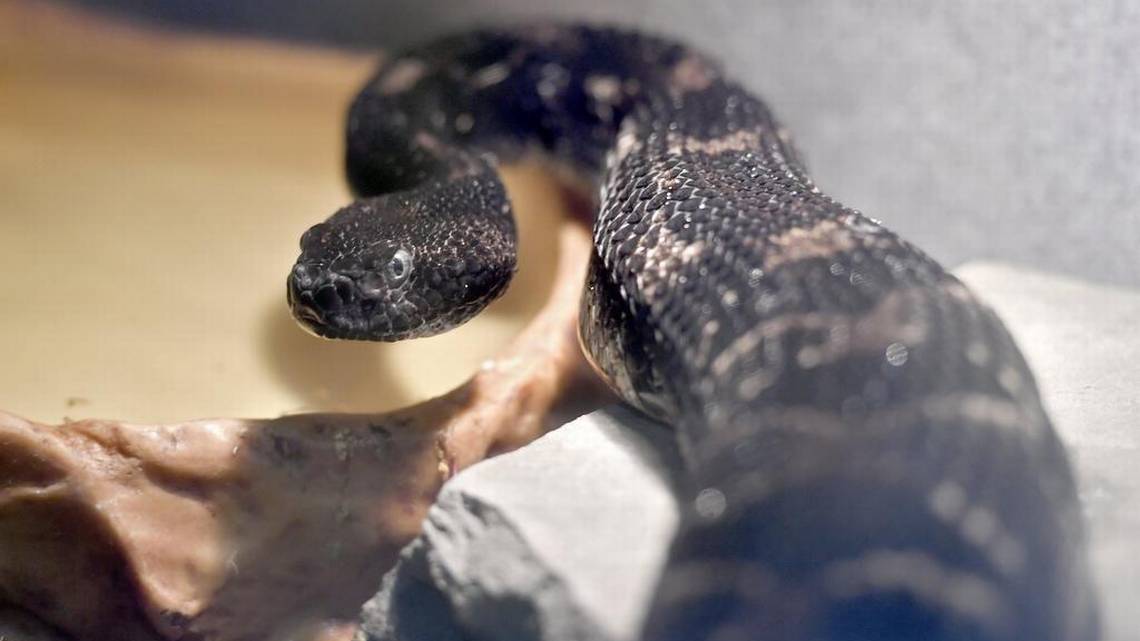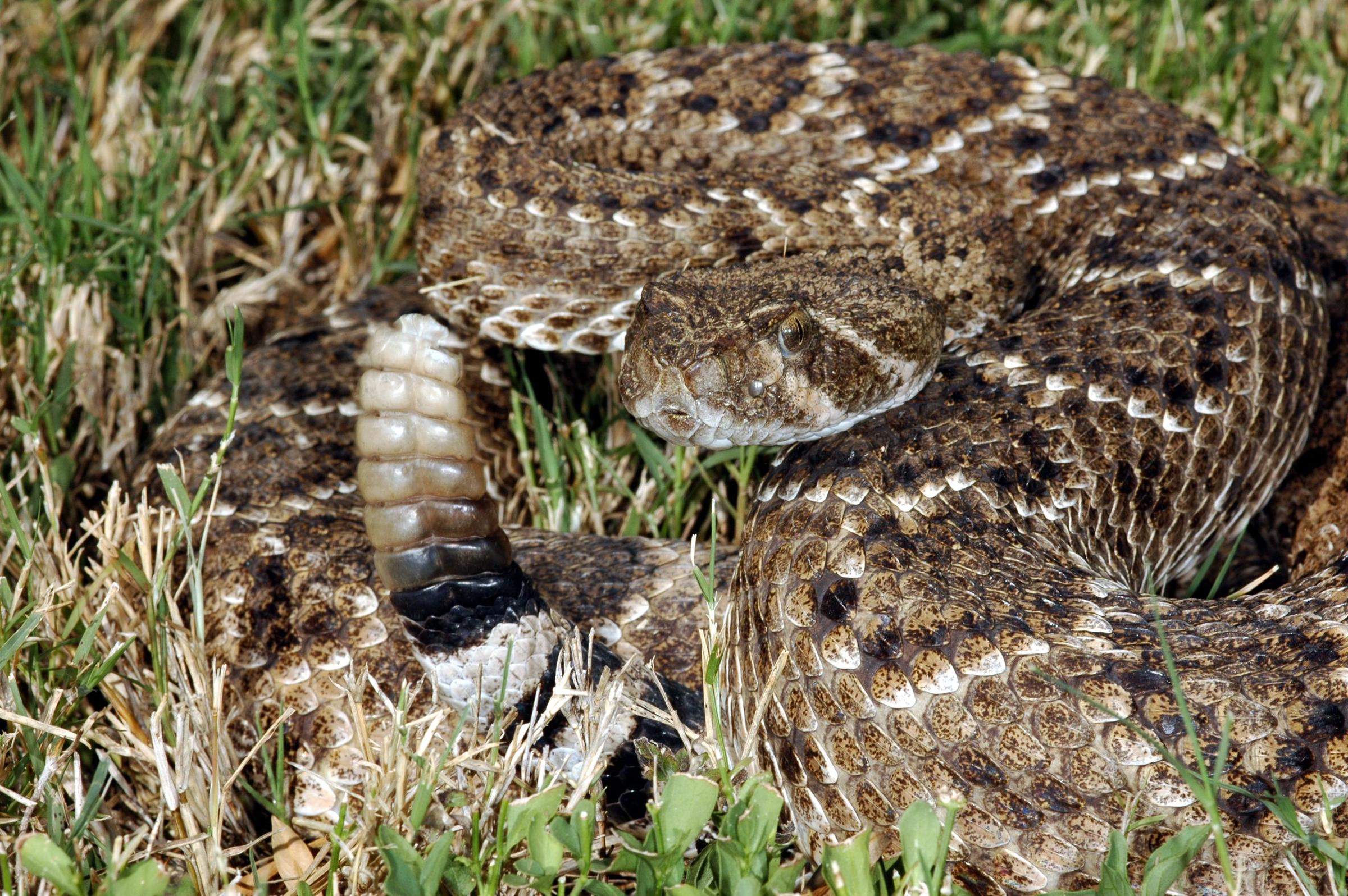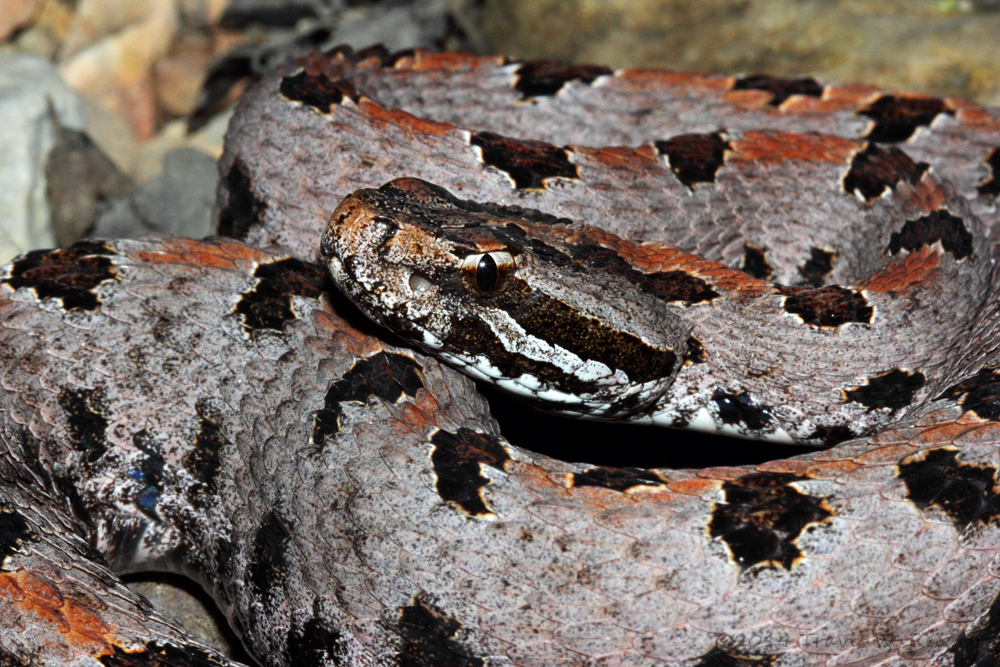Are you curious about the types of rattlesnakes that can be found in Kentucky? Look no further! In this article, we will explore the two types of rattlesnakes that are native to Kentucky, the Timber Rattlesnake and the Pygmy Rattlesnake.
We will discuss their physical features, habitats, and behaviors, as well as provide tips on how to safely encounter these venomous snakes. Whether you are a nature enthusiast or simply interested in learning more about the wildlife in Kentucky, this article will provide you with valuable information about these fascinating creatures.
You are reading: Discover The 2 Types Of Rattlesnakes In Kentucky

2 Types Of Rattlesnakes In Kentucky
Timber Rattlesnake

The Timber Rattlesnake, also known as the Canebrake Rattlesnake, is the largest venomous snake in Kentucky, with adults reaching up to 5 feet in total length, although most adults range from 2.5 to 3.5 ft. They are stocky and noted for the prominent rattle on their tail tip.
Their dorsal color can be gray, yellow, brown, or green, and most Kentucky Timber Rattlesnakes are patterned with dark crossbands or chevrons that run along the back. However, some Timber Rattlesnakes are completely black. The belly is light in color with black dots.
Timber Rattlesnakes have keeled scales, a single anal plate, and facial pits. Although once found statewide, Timber Rattlesnakes are currently restricted to heavily forested areas in Kentucky, and populations are not known to occur in the Inner Bluegrass Region and northern Kentucky.
Read more : Discover 4 Animals That Lurk Atop Hawaii’s Tallest Mountain
In addition to forests, these secretive animals prefer rocky outcrops, ridgelines, and bluffs, especially on south and southwest facing slopes. In Kentucky, Timber Rattlesnakes hibernate individually in stump holes, abandoned mammal burrows, or rock crevices.
Pygmy Rattlesnake

The Pygmy Rattlesnake, also known as the Western Pygmy Rattlesnake, is a small and rare venomous snake found in Kentucky. Here are some key features and information about this fascinating species:
– Appearance: The Pygmy Rattlesnake has a gray to grayish-brown back with dark, oval-shaped spots along its back and sides. There is a dark stripe from each eye to the angle of the jaw. They have a thick body, dark bands that run from the corners of the eyes to the jaw, a small rattle prone to breaking, and elliptical pupils.
– Size: This species is the smallest rattlesnake found in Kentucky, typically ranging from 16 to 24 inches in length.
– Habitat: In Kentucky, the Pygmy Rattlesnake has a very limited range and is only found in the Land Between the Lakes National Recreational Area. They are naturally found in pine forests, dry upland forests, floodplains, sandhills, and near lakes, rivers, and marshes.
– Conservation Status: Like the Timber Rattlesnake, the Pygmy Rattlesnake is considered a “Species of Greatest Conservation Need” in Kentucky due to its small range and rarity. If you are lucky enough to see one of these beautifully patterned snakes, be sure to keep your distance and report the sighting to the Kentucky Division of Fish and Wildlife Resources to help them track rattlesnake populations.
Read more : Discover The Top 6 Most Dangerous Flying Animals In Louisiana
– Behavior: Pygmy Rattlesnakes are shy and retreating, often avoiding human contact. They are not aggressive and will typically only bite if they feel threatened or cornered.
FAQS
1. How many types of rattlesnakes are there in Kentucky?
Kentucky is home to two types of rattlesnakes: the Timber Rattlesnake (also known as the Canebrake Rattlesnake) and the Pygmy Rattlesnake.
2. Are rattlesnakes dangerous?
Yes, rattlesnakes are venomous and should be considered dangerous. It’s best to leave them alone and give them their space.
3. Where can I find Timber Rattlesnakes in Kentucky?
Timber Rattlesnakes can be found in various habitats throughout the state, including lowland thickets, high areas around rivers and flood plains, agricultural areas, deciduous forests, and coniferous forests.
4. Where can I find Pygmy Rattlesnakes in Kentucky?
Pygmy Rattlesnakes are only found in a small area in southwest Kentucky, specifically in the Land Between the Lakes National Recreational Area.
5. How can I identify a Timber Rattlesnake?
Timber Rattlesnakes are typically 30 to 60 inches in length, with coloration ranging from yellowish-brown to gray to almost black. Look for dark brown or black crossbands on their back. They are heavy-bodied and have a characteristic rattle on their tail.
6. How can I identify a Pygmy Rattlesnake?
Pygmy Rattlesnakes have variable coloration, with three subspecies in Kentucky. They are thick-bodied and have dark bands.
7. Are there any precautions I should take if I encounter a rattlesnake in Kentucky?
If you come across a rattlesnake, it’s important not to disturb it. Rattlesnakes are dangerous animals and should be left alone. Agitating them increases the risk of getting bitten, so it’s best to give them their space.
Source: https://petstutorial.com
Category: Animals










